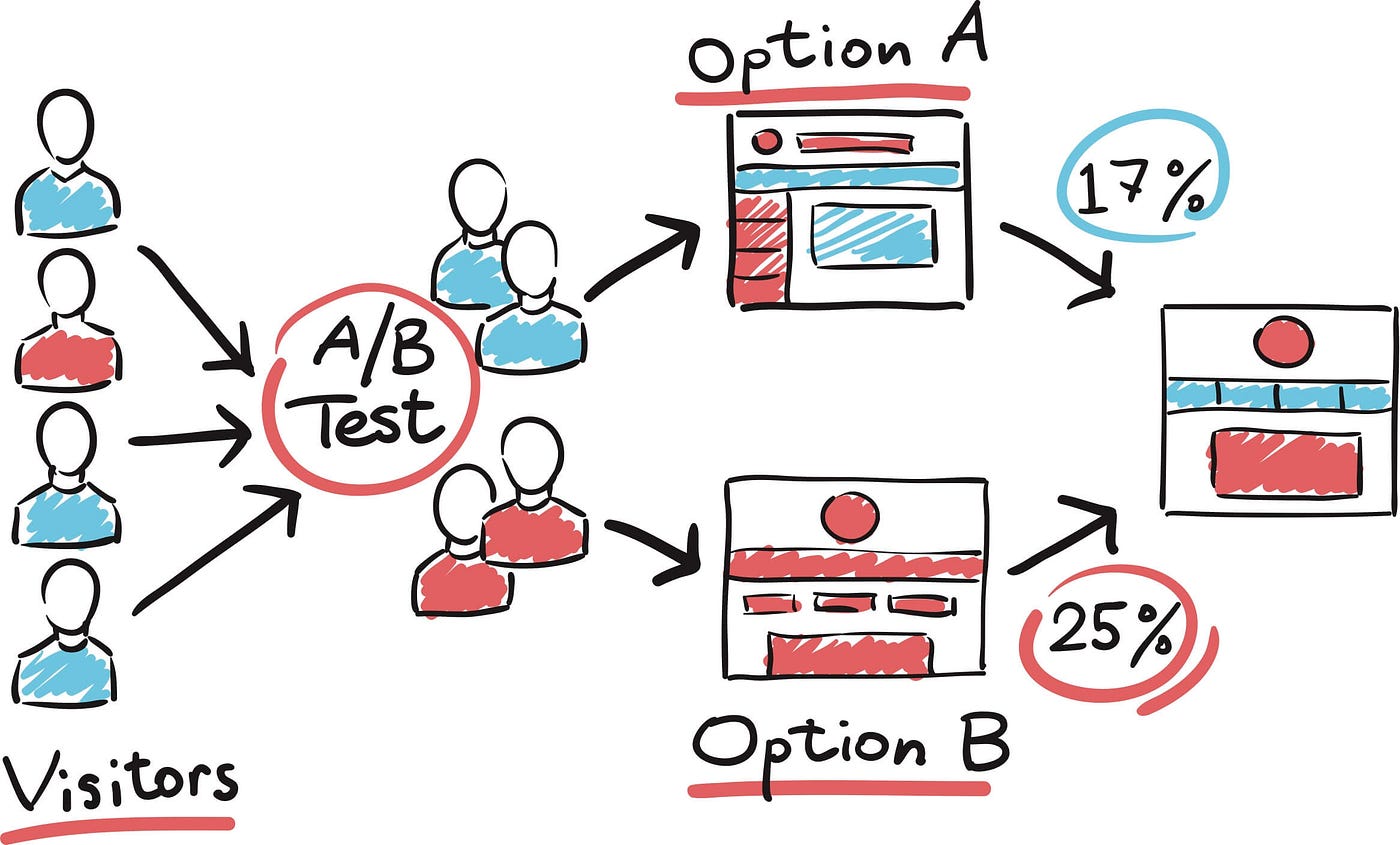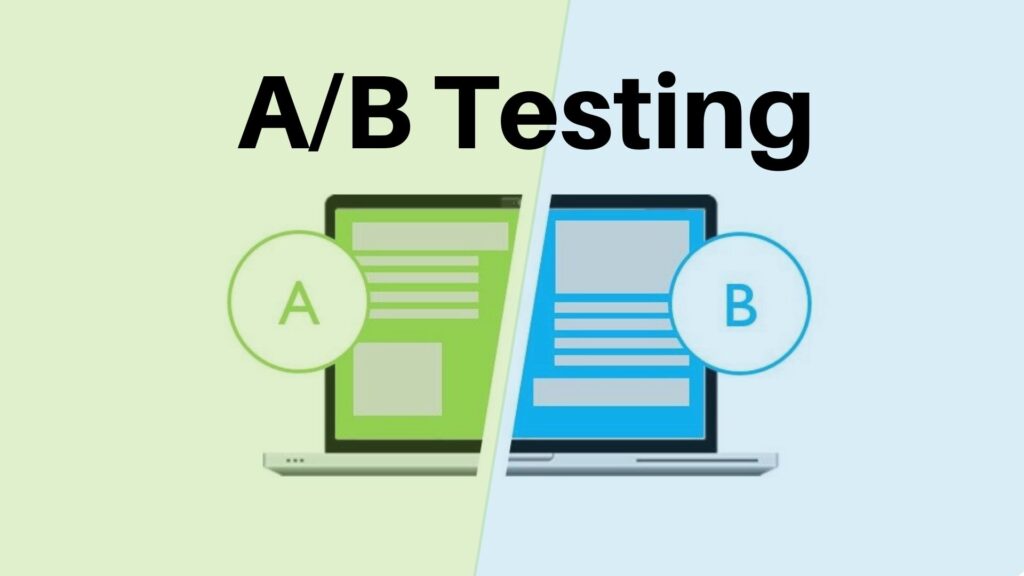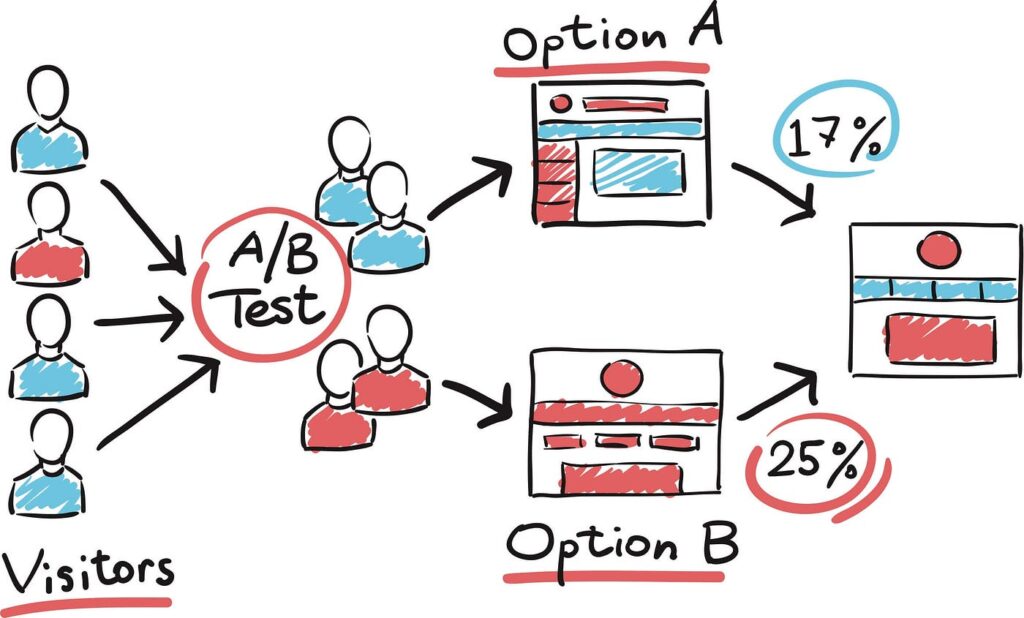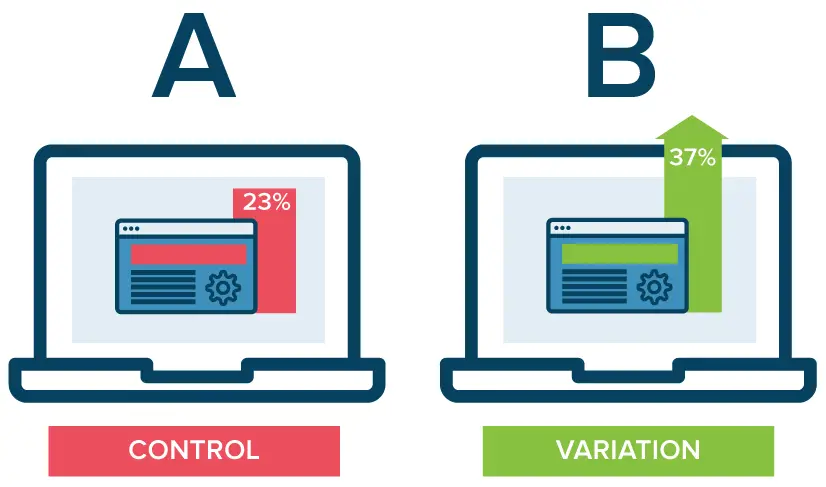In today’s competitive Melbourne digital market, businesses need more than generic marketing tactics to stand out. That’s where A/B testing in Melbourne comes in—a data-driven way to optimize websites, improve user experience, and lift conversions. Whether you’re an eCommerce brand in Collingwood, a startup in Docklands, or a professional services firm in the CBD, understanding and applying A/B testing can give you a measurable edge. This guide walks you through proven A/B testing strategies for Melbourne businesses—from setting up your first test to interpreting results—so you can confidently drive growth in a local context.
1. Understanding the Basics of A/B Testing
A/B testing, also known as split testing, is a powerful method used to compare two versions of a webpage or app against each other to determine which one performs better. At its core, A/B testing involves creating two variants—Version A (the control) and Version B (the variation)—and directing a portion of your website traffic to each. By analyzing key metrics such as click-through rates, conversion rates, or user engagement, you can identify which version resonates more effectively with your audience.
Understanding the basics of A/B testing in Melbourne is essential for any business looking to optimize its online presence in the city’s competitive digital landscape. The process starts with forming a clear hypothesis: what element do you want to test, and what do you expect to achieve? This could be anything from changing the color of a call-to-action button, tweaking headlines, adjusting layout designs, or experimenting with different content. Once your test is live, be sure to run it long enough to collect statistically significant data, ensuring your conclusions are reliable.
By mastering these fundamental concepts, you can make data-driven decisions that enhance user experience, increase conversion rates, and ultimately boost your website’s overall performance.

2. Clear Goals for Your A/B Experiments
Setting clear goals for your A/B experiments is the cornerstone of successful testing. Without well-defined objectives, it’s nearly impossible to measure the effectiveness of your variations or make informed decisions based on your results.
Start by identifying the key performance indicators (KPIs) that align with your overall business objectives—whether that’s increasing click-through rates, boosting conversions, reducing bounce rates, or improving user engagement. Once your goals are established, ensure they are specific, measurable, attainable, relevant, and time-bound (SMART). For example, instead of a vague goal like “improve website performance,” aim for “increase the newsletter sign-up rate by 15% within four weeks.”
Having this clarity not only helps you design meaningful A/B tests in Melbourne but also guides your analysis and interpretation of data, ultimately driving impactful changes that enhance your website’s performance in the competitive local market.
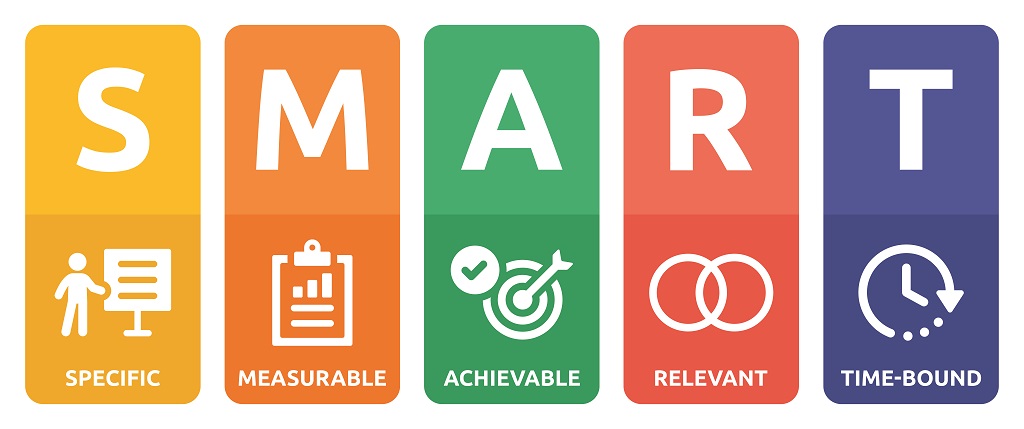
3. Effective A/B Test Variations
When it comes to mastering A/B testing in Melbourne, crafting effective test variations is key to unlocking meaningful insights and boosting your website’s performance. An effective variation isn’t about making random changes—it’s about strategically altering elements that impact user behavior.
Start by identifying the components that influence conversions, such as headlines, call-to-action buttons, images, and layout. For instance, testing different headlines can reveal which messaging resonates best with Melbourne audiences, while experimenting with button colors or text can significantly affect click-through rates.
It’s also important to test one element at a time to accurately attribute results and avoid confusion. Additionally, consider creating variations that reflect local preferences and cultural nuances unique to Melbourne’s diverse market.
4. Platforms for A/B Testing
Choosing the right platform for A/B testing in Melbourne is crucial to effectively analyze user behavior and optimize your website’s performance.
-
Google Optimize – Free, integrates with Google Analytics, and great for businesses just starting with testing.
-
Optimizely – Advanced features including multivariate testing and personalization, often used by larger enterprises.
-
VWO (Visual Website Optimizer) – Combines A/B testing with heatmaps and visitor recordings for a holistic view.
For Melbourne-based businesses, working with local digital marketing agencies that specialize in A/B testing can also provide tailored support and insights. These agencies often use a mix of the above tools while adding local expertise.

5. Understanding Test Results and Making Data-Driven Decisions
Once you’ve run your A/B tests and gathered data, the next crucial step is understanding the results and using them to make data-driven decisions. Interpreting test outcomes goes beyond identifying which version performed better—it involves analyzing key metrics like conversion rates, bounce rates, and engagement.
Look for statistically significant differences to ensure your results are reliable. Tools like confidence intervals and p-values can guide you in assessing outcomes. For Melbourne businesses, aligning these insights with broader objectives—such as growing eCommerce sales or boosting leads in professional services—is key to translating test results into meaningful growth.
6. Good Practices and Common Pitfalls to Avoid
Adopting good practices is essential for reliable A/B testing in Melbourne. Always start with a clear hypothesis and make sure your sample size is statistically significant. Run tests long enough (usually at least one to two weeks) to account for variations in user behavior across different days.
Common pitfalls to avoid:
-
Testing too many variables at once
-
Stopping tests too early based on preliminary results
-
Ignoring segmentation (e.g., testing mobile vs. desktop separately)
By following these principles, Melbourne businesses can harness the full potential of A/B testing to elevate their websites’ performance.
7. Statistical Analysis for Reliable A/B Testing Results
Understanding statistical analysis is crucial for interpreting A/B test results accurately. Concepts like p-values, confidence intervals, and sample sizes help determine whether your findings are reliable or just random noise.
For businesses in Melbourne, mastering these basics ensures you’re not making high-stakes decisions on flawed data. With proper analysis, you can implement winning variations confidently and continue refining your website based on data-driven insights.

8. SRM Issues and How to Debug Them in A/B Testing Programs
When conducting A/B testing, especially within complex systems like those used in Melbourne’s competitive digital landscape, encountering SRM (Session Request Management) issues can be a common hurdle. SRM problems often manifest as inconsistent session tracking, delayed data processing, or inaccurate user segmentation, all of which can seriously skew your test results and hinder your ability to make informed decisions.
To effectively debug SRM issues, start by verifying that your session tracking scripts are correctly implemented across all variants of your test. Inconsistent tagging or missing code snippets in one version can cause significant data discrepancies. Utilize debugging tools such as browser developer consoles or network monitoring extensions to trace session requests and ensure they are firing as expected.
Next, inspect your server logs and analytics dashboards for irregularities in session counts or event triggers. Monitoring real-time data flow can help identify bottlenecks or errors in your backend that might be interrupting session management. Additionally, check for conflicts with other third-party tools or plugins that might interfere with your SRM processes.
Finally, conduct controlled test runs with a limited audience to isolate variables and observe session behavior under different conditions. This approach allows you to pinpoint the exact cause of the SRM issue without compromising your main testing environment. By systematically addressing these areas, you can resolve SRM issues efficiently, ensuring your A/B tests provide accurate, actionable insights to boost your website’s performance.
If you found this article helpful, contact us for a FREE CRO Audit

